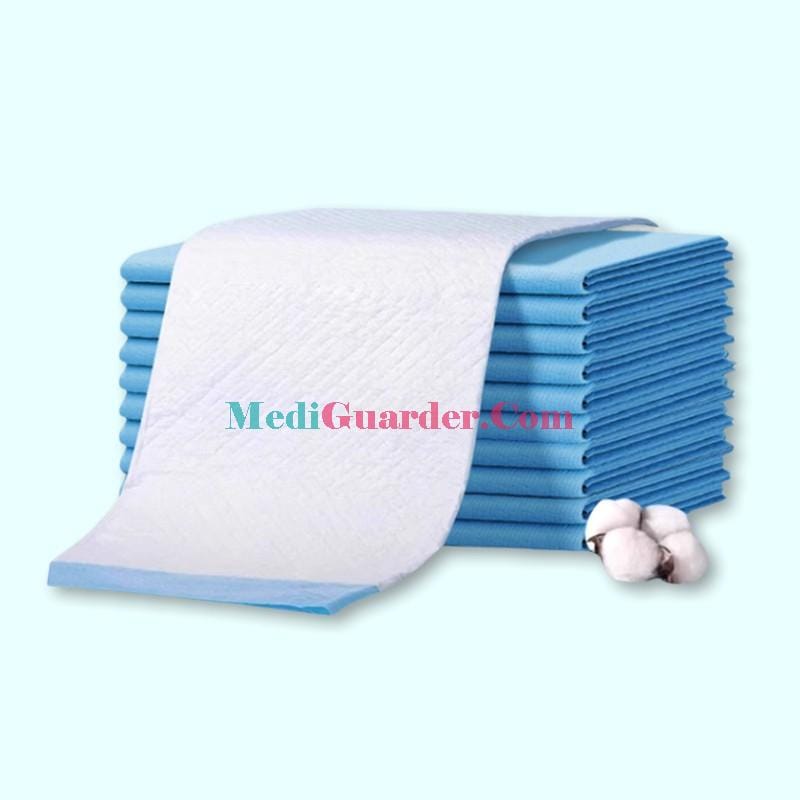In the modern medical system, disposable medical consumables have become an indispensable part. From syringes and infusion sets to surgical packs and examination gloves, these seemingly small instruments carry the significant mission of ensuring medical safety and reducing the risk of cross-infection. However, with the surge in global medical demand, the usage of disposable medical consumables has increased exponentially, and the hidden environmental and economic challenges behind it have gradually become issues that the industry must face head-on.
Fortifying the Defense Line of Medical Safety
The emergence of disposable medical consumables stems from the urgent need for medical infection control. In the cleaning, disinfection, and sterilization processes of traditional reusable instruments, there are hidden dangers of cross-infection caused by improper operation. According to statistics from the World Health Organization (WHO), approximately 1.4 million people worldwide die from healthcare-associated infections (HAIs) each year, and about 30% of these infection cases are directly related to contamination during the reuse of instruments. Disposable medical consumables, with their “use-and-discard” model, completely cut off the transmission path of pathogens, especially in high-risk scenarios such as emergency care and interventional surgeries, serving as the “last line of defense” for safeguarding patients’ lives.
Take syringes as an example. Traditional glass syringes require complex processes such as recycling, cleaning, and high-temperature sterilization. In contrast, disposable plastic syringes, with their pre-filled designs and needle-stick prevention structures, not only significantly reduce the risk of occupational exposure for healthcare workers but also improve clinical efficiency by simplifying the operation process. During the COVID-19 pandemic, the surge in demand for disposable masks, protective suits, and testing swabs globally further highlighted the emergency value of such consumables in public health emergencies.

Environmental and Resource Dilemmas
The widespread use of disposable medical consumables is triggering a global environmental crisis. Data from the United Nations Environment Programme (UNEP) shows that approximately 2 million tons of medical waste are generated globally each year, with about 85% being plastic products. If these wastes are not properly disposed of, they will not only pollute soil and water sources but may also release carcinogenic substances such as dioxins through incineration. More seriously, the recycling rate of medical plastics is less than 15%—most consumables are classified as hazardous waste due to contact with biological contamination and need to be disposed of through costly incineration or landfilling, further exacerbating resource waste.
The economic pressure cannot be ignored either. In the medical systems of developed countries, the procurement cost of disposable consumables has accounted for more than 12% of the total medical expenditure. In resource-scarce regions, the proliferation of low-quality and cheap consumables has led to frequent medical accidents. For instance, in some small clinics in India, the failure rate of punctures caused by low-quality raw materials in disposable syringes from informal channels is as high as 20%, which not only threatens patient safety but also causes unnecessary medical expenses.
Breakthrough Paths of Technological Innovation and Circular Economy
Facing these challenges, the global medical industry is seeking breakthroughs through technological innovation and model transformation. In the field of materials science, degradable plastics have become a research hotspot. Biobased materials such as polylactic acid (PLA) and polycaprolactone (PCL) can achieve natural degradation within 180 days while ensuring the performance of instruments. Johnson & Johnson, a leading medical device company in the United States, has launched absorbable sutures made of p-dioxanone (PPDO) material. These sutures can be completely decomposed without the need for removing the stitches after surgery, not only reducing patient discomfort but also minimizing waste generation.
The circular economy model is also reshaping the industry ecosystem. The Dutch medical group Zuyderland, through its “closed-loop management” system, recycles uncontaminated medical packaging materials to produce new packaging for consumables, reducing plastic usage by over 500 tons annually. Chinese enterprises are exploring the “reverse logistics + high-temperature steam treatment” technology to separate reusable medical packaging from instruments, achieving safe recycling of resources.
Digital technologies offer new possibilities for consumable management. Internet of Things (IoT) sensors can track the usage status of consumables in real-time, avoiding overstocking and waste. Blockchain technology, through its traceability system, ensures that the entire process of production, circulation, and use of each disposable consumable can be traced, enhancing quality control and providing data support for the recycling process.
The Collaborative Evolution of Safety and Sustainability
The development of disposable medical consumables is essentially a game between medical safety and environmental responsibility. In the future, the industry needs to establish a new paradigm of “precise usage”: predicting consumable demand through artificial intelligence algorithms to reduce inventory backlogs; promoting “modular” designs to separate contaminated parts from clean parts and improve recyclability. At the policy level, the EU’s Single-use Plastics Directive has mandated that all disposable infusion sets must use recyclable materials by 2027, and this trend is likely to drive the unification of global standards.
From a broader perspective, the transformation of disposable medical consumables actually reflects the deepening of human understanding of “medical value.” While pursuing zero infections, we must also consider how to protect life and health at the minimum ecological cost. Perhaps in future medical scenarios, each syringe and each pair of gloves will embody the perfect integration of medical wisdom and environmental concepts, ensuring safety while leaving more green vitality for the planet.
 China Disposable Medical Supplies, Medical Consumables Supplier
China Disposable Medical Supplies, Medical Consumables Supplier
